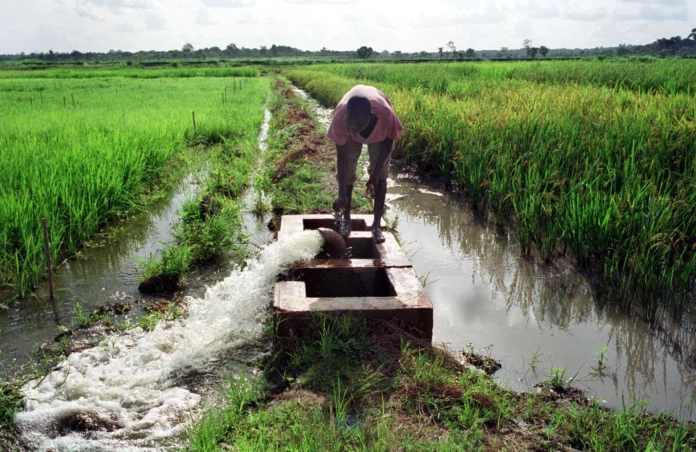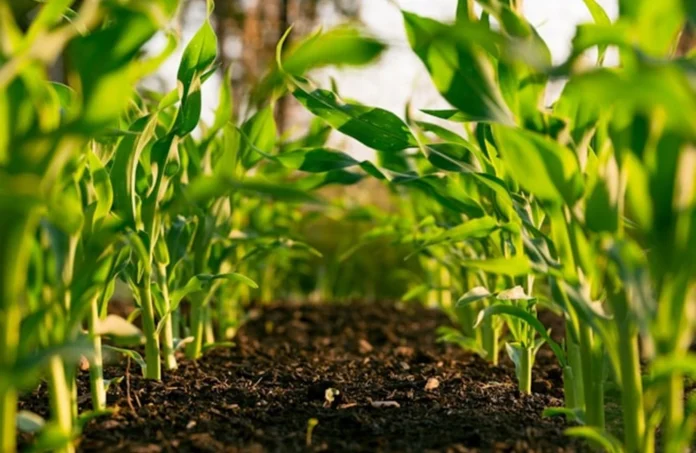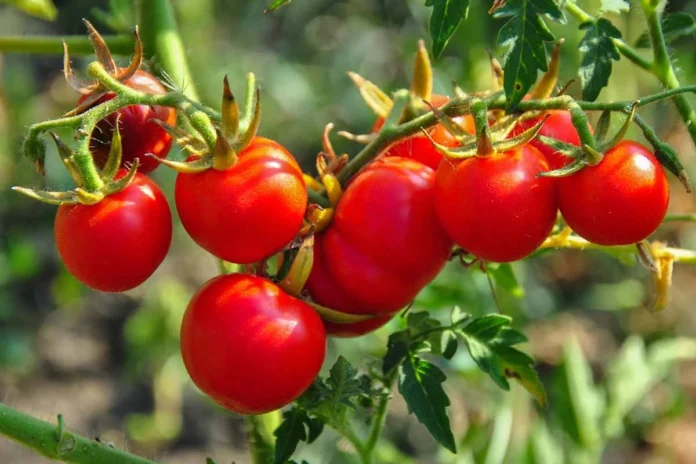Arabfields, Santiago, Chile — High profitability, exceptional adaptability, and rising international demand are converging to position the Pinus pinea, commonly known as the stone pine, as a promising strategic crop in Chile. Its prized seed, the Mediterranean pine nut, is already considered one of the most valuable nuts in global markets, and experts believe the South American country is well-placed to become a significant producer.
To strengthen local knowledge and encourage investment in this crop, the Instituto Forestal de Chile (INFOR) recently invited Turkish entrepreneur Mehmet Ali Köken to share his expertise. Owner of BRY Gyda Orman in Türkiye and BRY FOODS in Toronto, Canada, Köken has more than a decade of hands-on experience in pine nut cultivation, processing, and international marketing.
Köken began his presentation by highlighting the cultural and economic legacy of the Mediterranean pine nut. Valued since before the Roman Empire, this delicacy has long been associated with both nutrition and symbolism. Native to the Mediterranean basin, Pinus pinea thrives in sandy soils and dry climates, characteristics that Chile shares with the crop’s traditional growing regions.
Over the past decades, plantations have expanded beyond Europe to places like South Africa, California, and, more recently, Chile. Unlike other pine nut varieties from China or Siberia, Mediterranean pine nuts are prized for their superior flavor, texture, and nutritional quality.
“Mediterranean pine nuts can reach retail prices of up to 100 U.S. dollars per kilogram, and around 65 dollars wholesale,” Köken explained. “This makes them one of the most expensive nuts in the world, on par with the most exclusive specialty crops.”
Stone pine trees are remarkably resilient and long-lived, with productive lifespans reaching up to 150 years. Their enduring productivity, combined with high market value, has made them a compelling option for agricultural diversification.
According to both INFOR researchers and Köken, the soil and climate conditions of central and southern Chile, particularly from the Maule Region to Los Ríos, are ideal for cultivating Mediterranean stone pine. These regions offer well-drained soils and a climate similar to southern Europe, which allows the trees to grow vigorously and produce high-quality nuts.
Chile’s well-developed agricultural export sector is another strategic advantage. The country already has strong commercial ties with markets in Europe, the United States, Japan, and the Middle East, precisely the regions where demand for Mediterranean pine nuts is strongest and growing.
Verónica Loewe, an INFOR researcher and leading expert in stone pine domestication in the southern hemisphere, noted that Chile already has nearly 15,000 acres planted with the species. However, much of the current acreage consists of young trees that have not yet reached full production capacity.
“National production is still in its infancy,” Loewe explained. “A significant portion of the harvested cones goes to waste simply because we lack sufficient collection and processing facilities. This represents a clear opportunity for private investment in infrastructure and the creation of centralized buying and processing centers.”
Köken emphasized that innovation has dramatically increased productivity in leading pine nut-producing countries like Türkiye and Spain. One of the most impactful developments is advanced grafting technology, which can reduce the time to first nut harvest from 15 years to as little as five.
Other breakthroughs include the artificial post-harvest opening of cones, which accelerates processing and enables producers to enter the market earlier, shortening the time between harvest and revenue.
Beyond technology, proper agronomic management is key to ensuring quality and profitability. Köken underlined the importance of pruning, irrigation in drier zones, careful genetic selection, and mechanized harvesting to optimize yields and nut quality.
“Quality is what drives price,” he said. “With the right technical practices, Chile can match or surpass the productivity levels of traditional producing countries.”
Sustainability is another important aspect of stone pine cultivation. The crop naturally fits into a circular economy model, as no part of the cone is wasted. Shells, cone residues, and even seed dust can be used as fertilizer, biomass, or mulch, minimizing environmental impact.
With global demand for Mediterranean pine nuts steadily increasing, experts agree that Chile has a unique window of opportunity. Köken recommended that producers and investors begin with small-scale projects aimed at niche, high-value markets before expanding to larger commercial ventures.
“Chile has everything it needs to succeed with this crop,” he noted. “The climate, the land, the export experience, and growing technical capacity. A gradual and professional approach can position the country as a southern hemisphere leader in Mediterranean pine nut production.”
Loewe echoed this vision, emphasizing the country’s growing reputation in stone pine research and development. “We’ve made great progress in understanding and adapting the crop to our conditions,” she said. “The better we manage it, the better it will respond. This is an opportunity to establish a profitable, sustainable, and long-term agricultural alternative.”
The development of Mediterranean pine nut cultivation in Chile reflects broader global trends, diversification of agricultural systems, growing demand for specialty foods, and the adoption of climate-resilient crops. If supported with adequate investment, infrastructure, and technology transfer, the crop could create new sources of rural income, strengthen Chile’s export portfolio, and position the country as a leading actor in a high-value international market.
As the first commercial orchards mature and more producers learn from international experience, the stone pine may soon move from being a niche experiment to becoming one of Chile’s strategic agricultural pillars for the coming decades.












